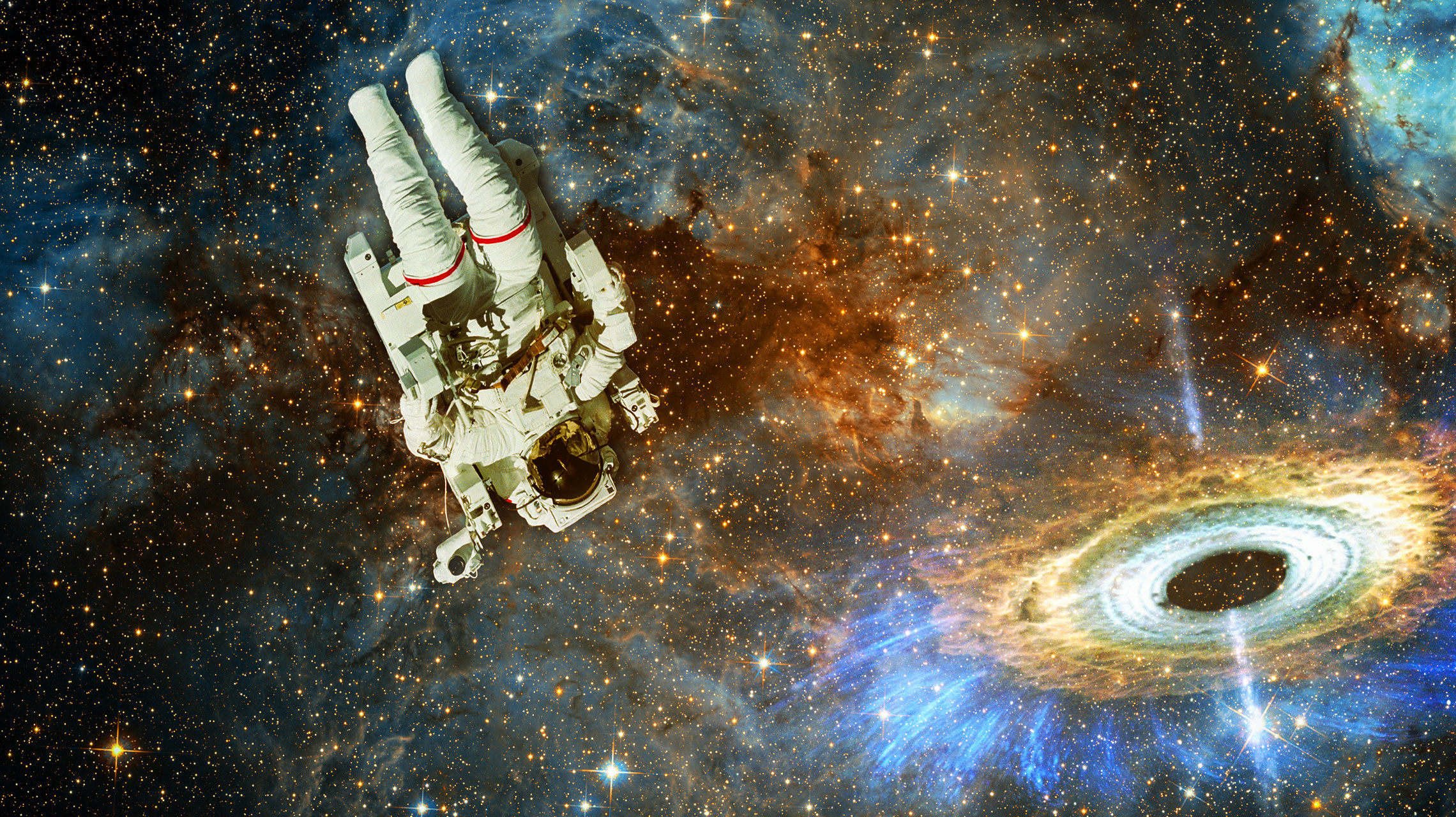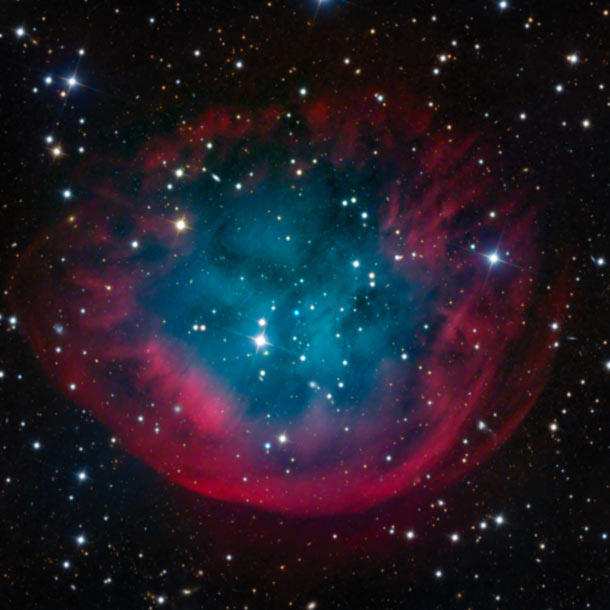Create a free profile to get unlimited access to exclusive videos, sweepstakes, and more!
A dying star with the wind in its hair

I've been doing this astronomy thing for a while, OK? I've seen galaxies, clusters, stars, planets... so many I've lost count. So it's hard to find something I've never seen before, or even heard of before. So when astrophotographer Adam Block sent me a note about the nebula Abell 31, my first reaction was, "Say what now?", and then I clicked on the picture, and my second reaction was "What the what?" Then my third reaction was to soak in the beauty of this gorgeous object, and my fourth reaction was to nod my head slowly, thinking, "Ahh, I see what's going on here."
Let me share:
See what I mean? What a beauty! [Click to ennebulenate.]
This image was taken with the 0.8 meter Schulman Telescope at Mt. Lemmon in Arizona, and is the result of an astonishing 21 hours of exposure time in various filters! Right away, that was a clue as to why I had never heard of this object: it's incredibly faint. A quick perusal of amateur astronomers' sites proved that to be correct; not too many have observed this jewel because it's barely detectable.
Abell 31 is a planetary nebula, a cloud of gas formed when a dying star expels winds of matter. At first the wind is slow, but then as the star continues to expire the velocity increases. The faster wind catches up with and slams into the slower wind, forming fantastic shapes, usually displaying amazing symmetry.
Abell 31 isn't symmetric though! One side is sharply defined, and the other diffuse, fuzzy. I was pretty sure right away what I was seeing: this nebula is in motion, moving through space, and interacting with the thin material between the stars. A literature search confirmed this suspicion: it's moving through space at relatively high speed. In this picture, the direction of motion is toward the bottom of the frame, and the gas leaving the star in that direction is compressed. Gas heading the other way is moving downwind, and relatively untouched. Think of it like blowing on a dandelion; the side toward your mouth gets compressed, while the other side stays fuzzy.
The red gas is hydrogen, and the blue is oxygen. Interestingly, oxygen is probably located throughout the entire nebula, but only in the center is it close enough to the central star to get lit up and glow. The star doing all the work here is a white dwarf, basically the core of a normal star like the Sun, but exposed after all the outer layers of the star have been shed to form the nebula.
Abell 31's white dwarf central star is tiny, only about 4 times bigger than Earth (or about 0.04 times the size of the Sun), but it's incredibly hot, blazing away at about 85,000° Centigrade (150,000°F)! It has about half the mass of the Sun, meaning it probably started out life as a star with twice the mass of our star or so, and lost the rest as it aged and blew those winds. Judging from how fast those winds are blowing outward, the star probably started dying in earnest about 130,000 years ago, after a billion or more years of normal life. What used to be a star a couple of million kilometers across is now this lovely object nearly ten light years wide -- that's 100 trillion kilometers from end to end!
At its distance from the Earth of 2000 light years that makes it pretty big in the sky, roughly half the size of the full Moon. With its light spread out so much, no wonder it's faint. Too bad: it's a fascinating object, worthy of study. And it's also fantastically beautiful, worthy of wider recognition.
And I'd love to see a set of Hubble observations of this! I studied planetaries for several years, and I still sometimes get the desire to poke and prod them again. I'll just have to wait, I suppose, and be satisfied with images as lovely as this one.
Credit: Adam Block/Mount Lemmon SkyCenter/University of Arizona
Related posts:
- The green ghost of a distant dead star
- Another nearly perfect circle in space!
- Tears of a dying star
- The knotty halo of the Catâs Eye



























